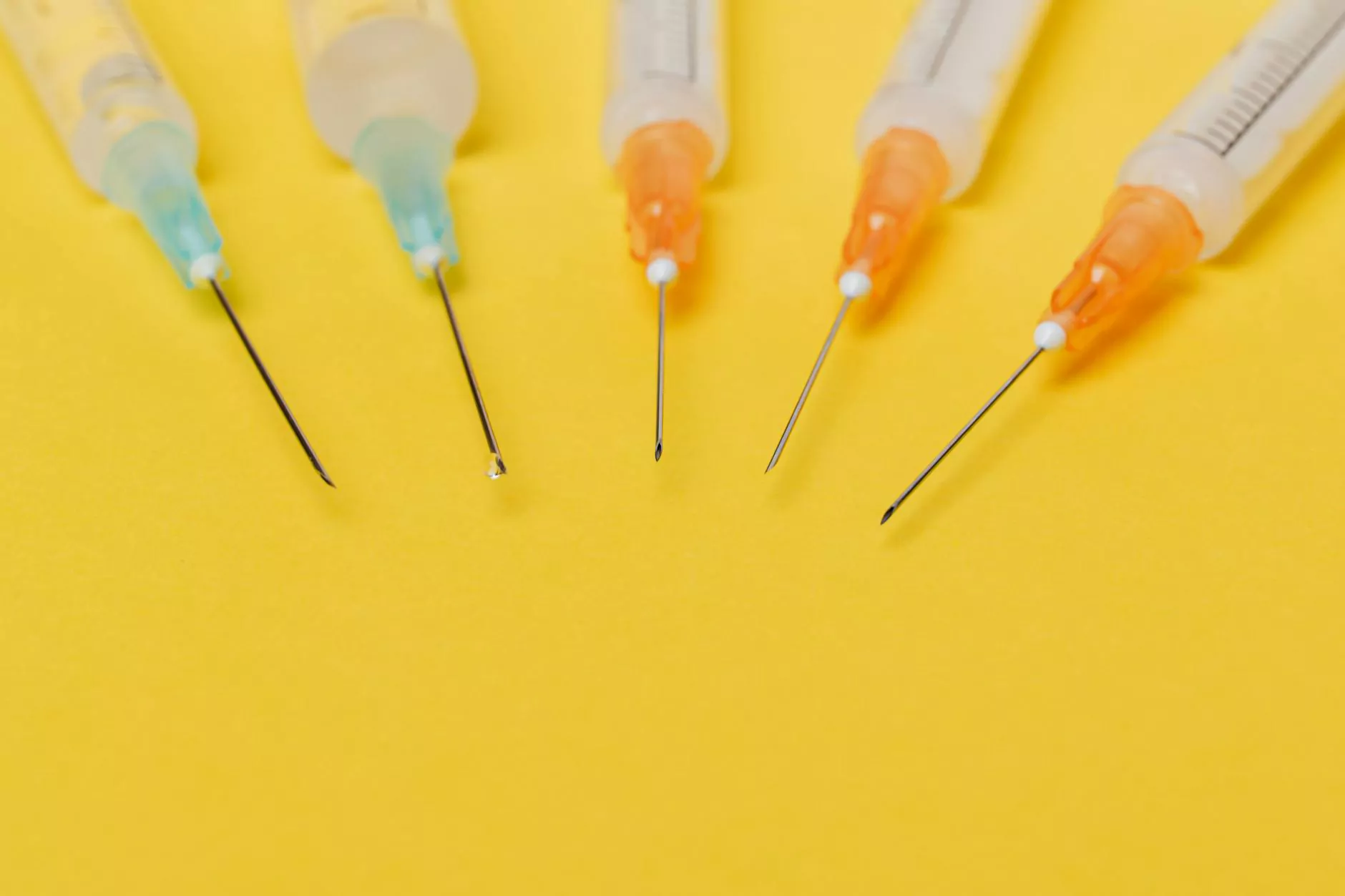Tendinosis vs Tendonitis: Understanding Differences, Treatments, and Impacts

When it comes to sports injuries and musculoskeletal disorders, the terms tendinosis and tendonitis often arise. While they refer to conditions involving the tendons, they are not interchangeable. Understanding the key differences between these two conditions is essential for effective treatment and rehabilitation.
What are Tendons?
Tendons are tough, flexible bands of connective tissue that attach muscle to bone. They play a critical role in facilitating movement, allowing the body to perform various physical activities. However, like any other tissue in the body, tendons can suffer from various injuries and conditions.
Defining Tendonitis
Tendonitis is the term used to describe the inflammation of a tendon. This condition is typically caused by overuse, injury, or repetitive strain associated with sports activities or physical labor. The inflammation can cause pain, swelling, and limited range of motion, often making it challenging to perform everyday activities. Common locations for tendonitis include:
- Shoulder (Rotator Cuff Tendonitis)
- Elbow (Tennis Elbow or Golfer's Elbow)
- Wrist (De Quervain's Tenosynovitis)
- Knee (Jumper’s Knee)
- Ankle (Achilles Tendonitis)
Understanding Tendinosis
Tendinosis, on the other hand, is a more chronic condition that involves the degeneration of the tendon’s collagen in response to chronic overuse, without the presence of inflammation. Tendinosis typically arises from long-term wear and tear, resulting in a condition where the tendon’s structure is compromised. This leads to impaired function and increased pain. Symptoms of tendinosis often include:
- Localized pain that worsens with activity
- Stiffness in the tendon
- Swelling that is less pronounced than with tendonitis
- Reduced strength or ability to use the affected tendon
Differentiating Tendinosis and Tendonitis
The primary difference between tendinosis and tendonitis lies in the underlying pathology. While tendonitis is categorized as an inflammatory process, tendinosis is a degenerative process. Here are the key differences summarized:
AspectTendonitisTendinosisNatureInflammatoryDegenerativeCausative FactorsAcute injury, repetitive strainChronic overuse, agingPainSharp pain that may improve with restDull, persistent pain that worsens with activityTreatment FocusReducing inflammationRepairing tendon structureCommon Symptoms of Tendon Injuries
The symptoms for both tendonitis and tendinosis can be quite similar, but knowing the nuances can aid in seeking the right treatment. Typical symptoms include:
- Pain: Localized pain that can either be sharp or dull.
- Swelling: Tenderness and swelling around the affected area.
- Stiffness: Reduced flexibility or mobility in the affected joint.
- Weakness: Difficulty performing physical activities involving the tendon.
Diagnosis
Accurate diagnosis by a qualified healthcare professional is vital for an effective treatment plan. Diagnosis typically includes:
- Medical History: Discussing symptoms and any relevant activities that may have led to the condition.
- Physical Examination: Assessing pain levels, range of motion, and strength.
- Imaging Tests: Utilizing ultrasound or MRI scans to evaluate the tendon structure.
Treatment Options
Once diagnosed, treatment options for tendinosis and tendonitis can vary significantly due to their different natures. Here are some common treatment strategies:
Treatment for Tendonitis
For tendonitis, treatment focuses on reducing inflammation and pain:
- Rest: Giving the tendon time to heal.
- Icing: Applying ice packs can help reduce swelling.
- Physical Therapy: Exercises to strengthen the area and improve flexibility.
- Anti-inflammatory Medications: NSAIDs to manage pain and inflammation.
- Corticosteroid Injections: In some cases, injections may be necessary for severe inflammation.
Treatment for Tendinosis
For tendinosis, the approach is more focused on repairing the tendon structure:
- Physical Therapy: Focusing on strengthening exercises to improve function.
- Extracorporeal Shockwave Therapy (ESWT): A non-invasive treatment that uses shock waves to promote healing.
- Platelet-Rich Plasma (PRP) Therapy: Utilizing components from your blood to aid in healing.
- Surgical Options: In severe cases where other treatments do not alleviate symptoms, surgery may be necessary to remove degenerated tissue.
Preventive Measures
Preventing tendinosis and tendonitis is crucial, especially for athletes and individuals involved in repetitive tasks. Here are some effective ways to reduce the risk of tendon injuries:
- Warm-Up and Stretch: Always begin with a proper warm-up and stretching routine before physical activities.
- Avoid Overuse: Listen to your body and avoid pushing through pain.
- Strength Training: Incorporate strength training to enhance muscle support for tendons.
- Proper Technique: Use correct techniques while performing physical tasks or exercises.
- Cross-Training: Engage in different types of exercise to prevent overuse of specific tendons.
Conclusion
Understanding the distinctions between tendinosis vs tendonitis is crucial for effective diagnosis and treatment. While these two conditions affect the tendons in different ways, knowledge of their symptoms, treatment options, and preventive measures can greatly enhance your quality of life. If you suspect you are suffering from either condition, it is imperative to consult with healthcare professionals to get tailored treatment and support.
Whether you are dealing with tendonitis or tendinosis, at IAOM-US, our health and medical professionals specialize in chiropractic care and physical therapy designed to facilitate recovery and enhance physical performance. Prioritize your health and take proactive steps to manage your condition effectively.









